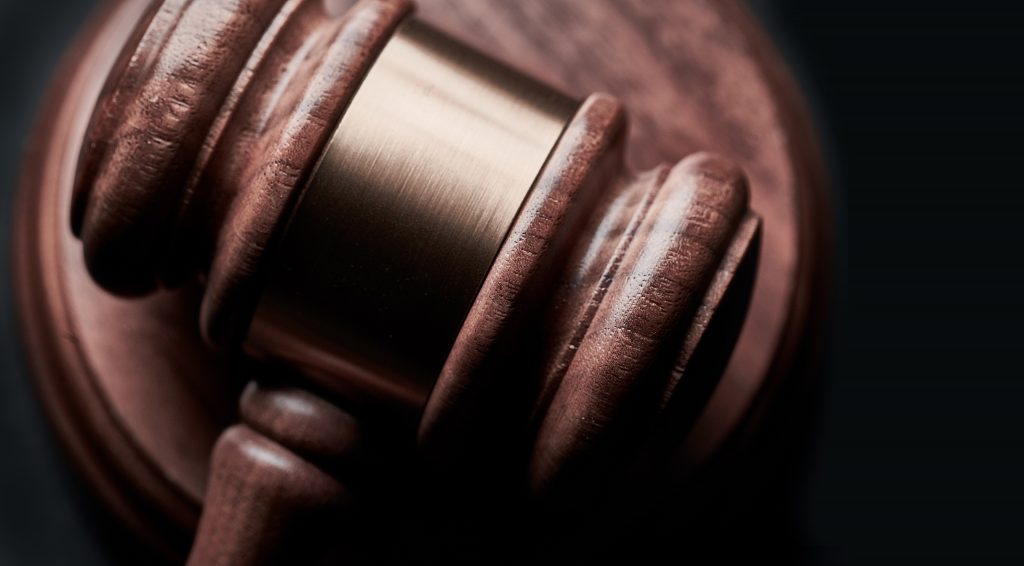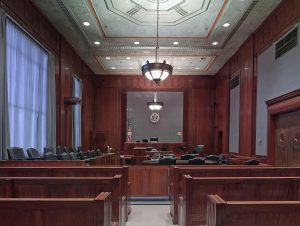 The First District Appellate Court of Illinois held in Nakamura v. BRG Sports, LLC that a former NFL player’s personal injury suit against his helmet manufacturer stemming from a severe concussion the player suffered was allowed to proceed as there was an issue of fact as to when the player discovered his injury. The trial court initially dismissed the player’s action as being time barred by Illinois’ two-year statute of limitations for personal injury actions.
The First District Appellate Court of Illinois held in Nakamura v. BRG Sports, LLC that a former NFL player’s personal injury suit against his helmet manufacturer stemming from a severe concussion the player suffered was allowed to proceed as there was an issue of fact as to when the player discovered his injury. The trial court initially dismissed the player’s action as being time barred by Illinois’ two-year statute of limitations for personal injury actions.
In August of 2013, Haruki Nakamura was taken to the hospital after suffering a severe concussion during a preseason football game while playing for the Carolina Panthers. Nakamura’s condition worsened following the concussion as he continued to suffer from extreme headaches, impaired cognition, and depression. Nakamura was eventually released by the Panthers and he was forced to retire from football. After his retirement, Nakamura filed a disability insurance claim in November of 2013 claiming that he was suffering from several post-concussive symptoms and that he was permanently disabled. During the course of litigation involving his disability claim, Nakamura was diagnosed as having chronic post-concussion syndrome. Nakamura then commenced a separate personal injury action in October of 2017 against the helmet manufacturer, Riddell, for negligence and strict product liability alleging that the helmet he was wearing at the time of the concussion was defective and failed to protect him from the head trauma that resulted in latent neurodegenerative disorder.
Under Illinois’ discovery rule, the statutory limitations period starts to run when a person knows or reasonably should know of his injury and also knows or reasonably should know that it was wrongfully caused. The trial court dismissed the personal injury action finding that Nakamura’s claims were barred by the statute of limitations because Nakamura knew of his injury at least two years prior to commencing suit. As evidence of Nakamura’s knowledge of his injury, Riddell directed the trial court to the disability claim litigation commenced in November of 2013 wherein Nakamura alleged he suffered a concussion and was permanently disabled in 2013.
 Illinois Personal Injury Lawyer Blog
Illinois Personal Injury Lawyer Blog


 The Illinois Supreme Court issued a recent decision highlighting the dangers of commencing an appeal following a jury verdict without first filing a post-trial motion. Specifically, the Supreme Court held that a litigant is required to file a post-trial motion under 735 ILCS 5/2-1202 in order to challenge a jury’s verdict on one claim even though the trial court entered a partial directed verdict on a separate claim in the case.
The Illinois Supreme Court issued a recent decision highlighting the dangers of commencing an appeal following a jury verdict without first filing a post-trial motion. Specifically, the Supreme Court held that a litigant is required to file a post-trial motion under 735 ILCS 5/2-1202 in order to challenge a jury’s verdict on one claim even though the trial court entered a partial directed verdict on a separate claim in the case. The First District Appellate Court issued a recent decision addressing whether a pregnant woman, who is compelled to abort her fetus because of a possible injury to the fetus caused by a doctor’s negligence, can sue the doctor for the injury and death of her unborn child even though she elected to have the abortion.
The First District Appellate Court issued a recent decision addressing whether a pregnant woman, who is compelled to abort her fetus because of a possible injury to the fetus caused by a doctor’s negligence, can sue the doctor for the injury and death of her unborn child even though she elected to have the abortion. The Fifth District Appellate Court issued a recent decision in Eyster v. Conrad finding that a deceased defendant’s discovery deposition could be introduced as substantive evidence at trial in a personal injury suit. At issue in Eyster was the lower court’s finding that the introduction of the discovery deposition would not do substantial justice between the parties and therefore could not be used as evidence. The Fifth District reversed and held that the trial court misapplied the discovery rule.
The Fifth District Appellate Court issued a recent decision in Eyster v. Conrad finding that a deceased defendant’s discovery deposition could be introduced as substantive evidence at trial in a personal injury suit. At issue in Eyster was the lower court’s finding that the introduction of the discovery deposition would not do substantial justice between the parties and therefore could not be used as evidence. The Fifth District reversed and held that the trial court misapplied the discovery rule.